Museo archeologico nazionale di Cagliari
Cagliari
The museum
The National Archaeological Museum in Cagliari is the most important and prestigious exhibition ground of ancient finds in Sardinia. It is an essential destination for many tourists and a reference point for the surrounding area. More than 4000 finds tell about a story dating as far back as 7000 years ago, from Prehistory until High Middle Ages.
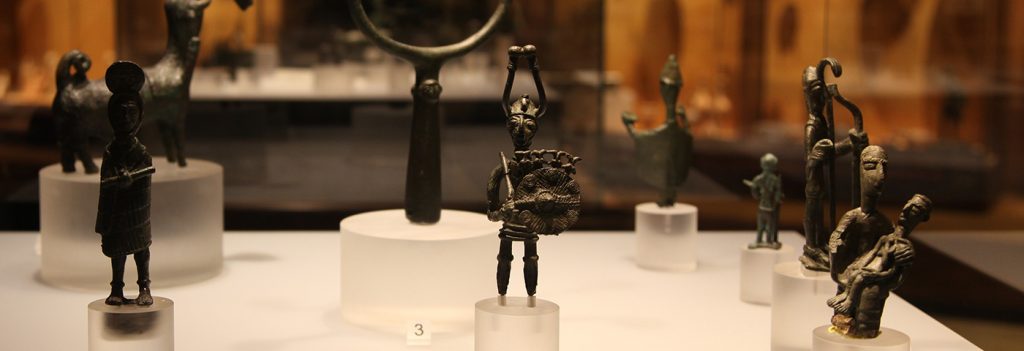
Cagliari is a lively city, rich in history, facing a crystalline sea and surrounded by hills, natural parks, and salt pans. The legendary foundation of Caralis city goes back to the Greek myth of Aristeo. Traces of its ancient history and of the peoples who have conquered the city over the centuries, from the Phoenicians to the Spanish people, can be still seen walking along the picturesque alleys of the old city, flanking historical and religious buildings, and open-air archaeological sites. A fundamental stop for tourists to understand the history of the city and of the whole region is the National Archaeological Museum.

Museo Archeologico Nazionale di Cagliari, foto di Teravista
“Cittadella dei Musei Giovanni Lilliu”
The Museum is housed within the complex named after the Sardinian archaeologist Giovanni Lilliu, who is considered the greatest researcher as far as the Nuragic civilization is concerned. Up to the Mid-Nineteenth Century the Museum complex has housed the Royal Arsenal (Regio Arsenale) and during the Sixties Architects Libero Cecchini and Pietro Gazzola have thought about the building as an exhibition ground. Cittadella is in the uppermost Cagliari, in the mediaeval district of Castello, which offers a spectacular view on the city.
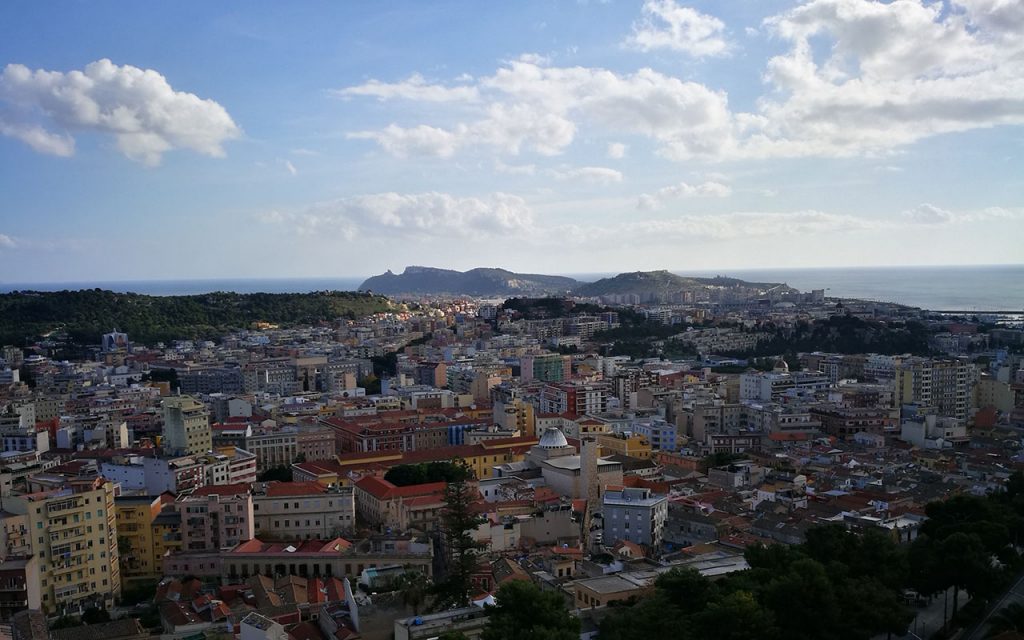
Cagliari view
The National Archaeological Museum of Cagliari
The Nuragic period is well represented in the Museum. The Nuragic civilization can be found only in Sardinia between 1600 and 700 B.C. It owes its name to the megalithic edifices called Nuraghe, which today still mark the Sardinian landscape. More than 7000 nuraghi have been found.
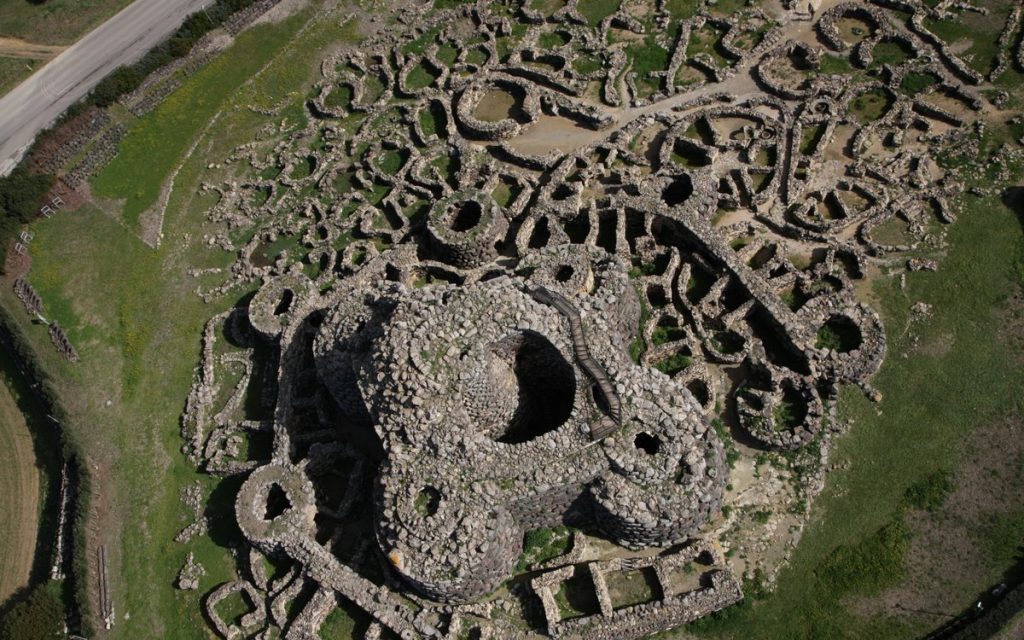
Barumini, foto di Teravista
The Museum hosts the Mont’e Prama sculptures, which constitute one of the most ancient examples of monumental statuary of the Mediterranean area, to great acclaim for tourists and scholars from all over the world, and which are particularly noteworthy for the warriors, the archers, and the boxers, some more than two metres high.
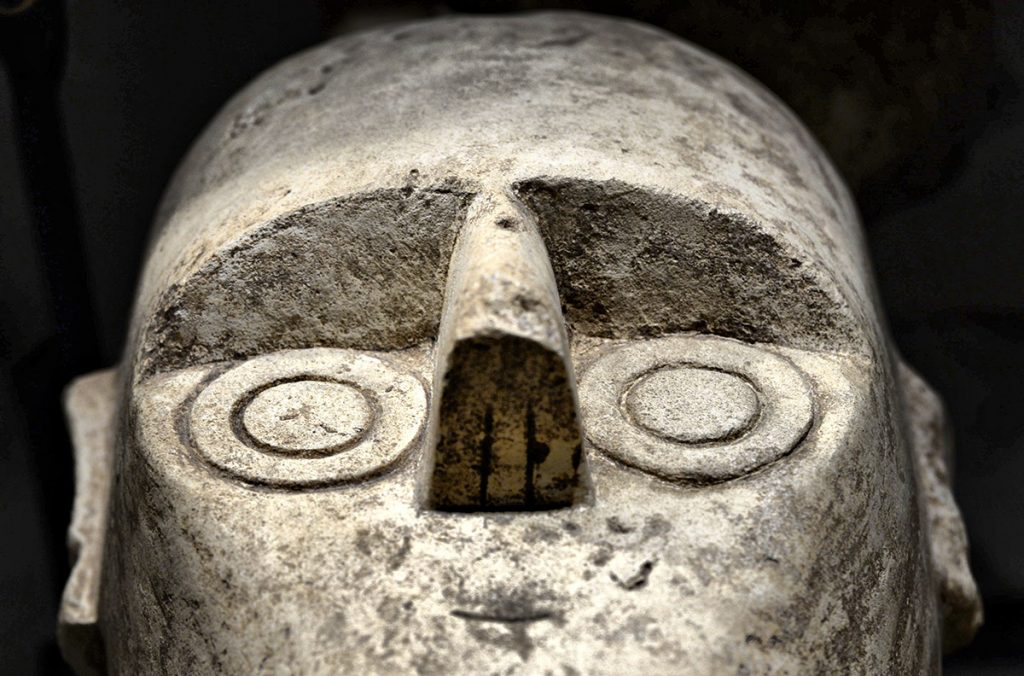
Mont’e Prama, foto di M. Zuddas
A society in miniature
The collection of small bronze statues (known as “bronzetti”) dating back to the last centuries of the Nuragic Age is unique worldwide. They have been found in rooms and places of worship where, fixed upon stone bases, they gave life to a mythicized society recalling tales handed down through oral tradition.

Vetrina Abini Teti, foto di L. Porcella
Dozens of statues, made with attention to the smallest details, tell us about a world dominated by great tribal leaders, inhabited by warriors armed to the teeth, priests and priestesses, men and women, in a sort of eternal bronze procession. It is also possible to find animals, fantastic beings and everyday objects, tools for worship, and ornaments, nuraghe in miniature and small reproductions of boats knowns as “navicelle” (“little boats”) adorned with images of birds and other animals.
The “Pietà nuragica” of Urzulei
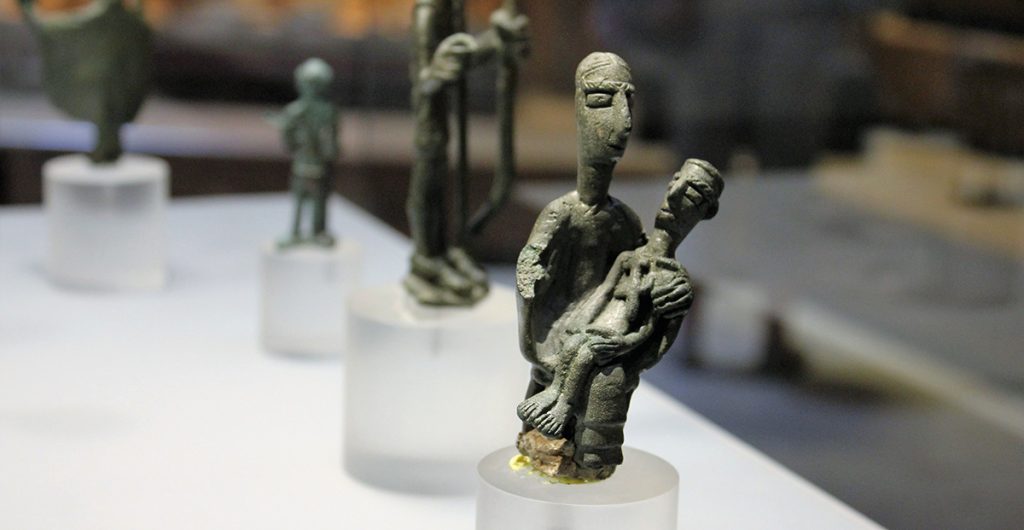
LA “PIETÀ NURAGICA”, FOTO DI F. VACCA
Paying close attention to the statue known as the “Madre dell’ucciso”, one can think of the most famous sculpture worldwide representing Jesus in the arms of his Mother. Jumping forward about 2500 years and moving from the Bronze Age to the Marble Age, we come in front of one of the most renowned artist of the Art History.
Is it allowed to make a comparison between the little Sardinian bronze statue and Michelangelo’s Pietà?
The most well-known Pieta is undoubtedly the work by Michelangelo, even if many artists, above all from the Renaissance period, have represented Maria holding the lifeless body of her son Jesus covered in a shroud.
The little Nuragic statue, of intense emotion and charm, represents a woman, dressed in a tunic with frills, sitting on a stool, holding a naked boy wearing a cup who holds on his chest a dagger in a sheath.
In 1931 Archaeologist Antonio Taramelli stated that if the male figure is dead, then we could be in front of a “Pietà”. This hypothesis is strengthened by the fact that this statue was found in a holy cave, thus suggesting the idea of a religious rite involving a devoting mother offering in sacrifice her son covered in a mantle resembling a shroud.
On the contrary, Giovanni Lilliu simply talks of a mother holding her dead son, maybe killed in a fight in the oak woods in consequence of particular blood rituals (Sculture della Sardegna nuragica, Ilisso Edizioni Nuoro, ried. 2008).
The new set-up: more accessibility and inclusion
Through the “Liquid Museum” project, the textual and graphic apparatuses of the Museum and the exhibition spaces have been renewed following the idea of a path dedicated to different forms of accessibility.
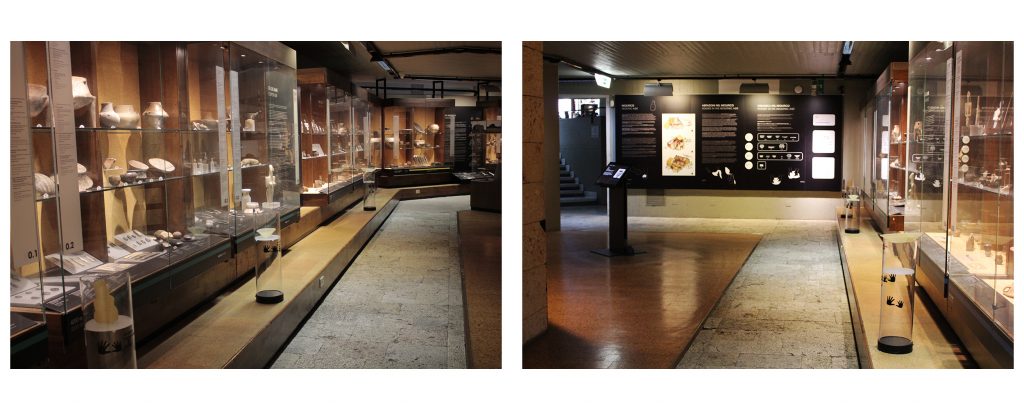
Percorso tattile, foto di F. Vacca
On the ground floor a tactile path has been realized, which gives the possibility of touching faithful copies of the most important finds. Multimedia devices make the visit an involving and inclusive experience.
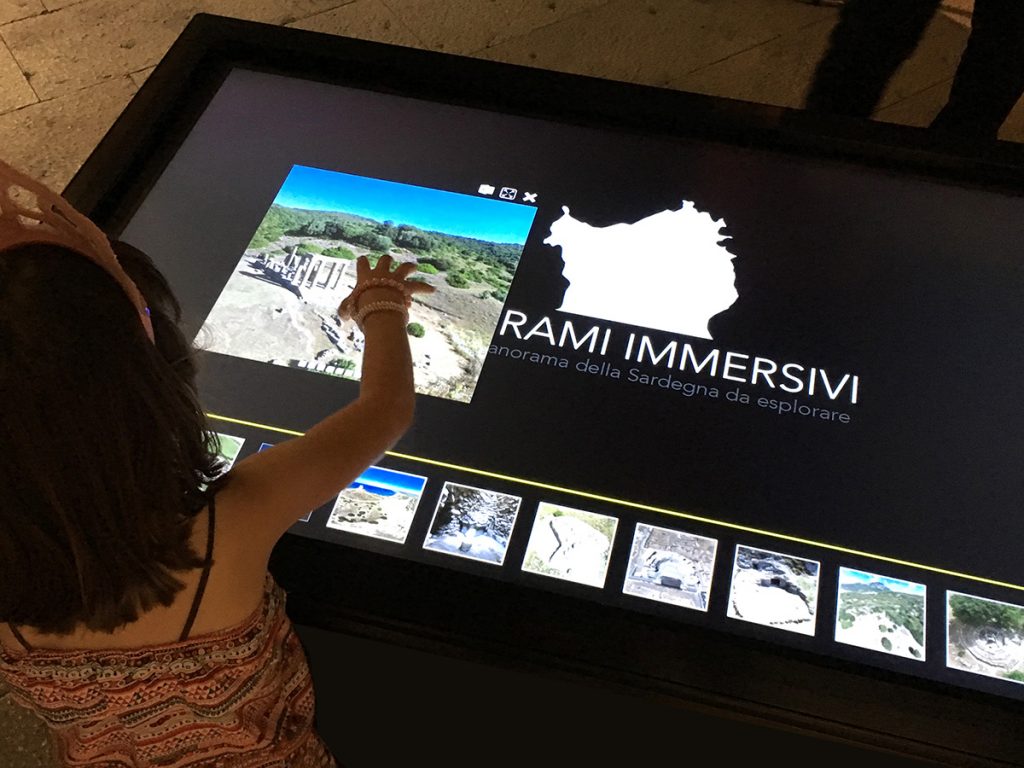
Tavolo touch, foto di AJF
Address
Cittadella dei Musei - piazza Arsenale, 1
09124 Cagliari
Timetables
Tuesday-Sunday 9.00-20.00
Situazione Emergenziale Aperture :
Aperture Attive
Information
museoarcheocagliari.beniculturali.it/
drm-sar.museoarcheo.cagliari@beniculturali.it
Ph: +39 070 655911 +39 070 60518239
Closure: Monday
Full: 7,00 €; Combined ticket 9,00 € (Pinacoteca and Spazio San Pancrazio)
Reduced: 3,50 €; combined ticket 4,50 €